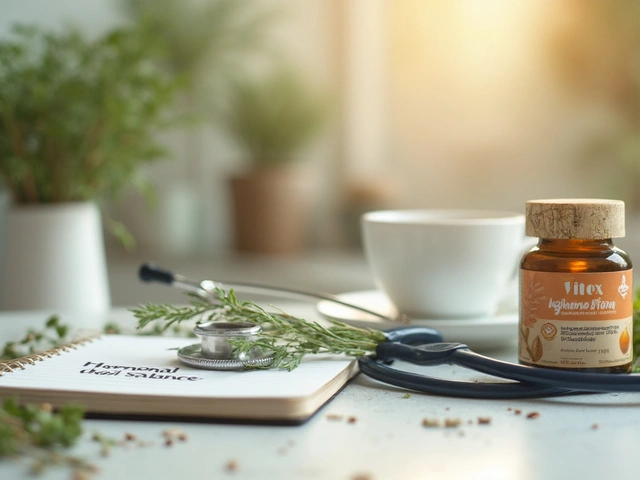Acne Treatment: Simple, Affordable Ways to Clear Your Skin
If you’ve tried everything and the breakouts keep coming back, you’re not alone. Acne can feel like a never‑ending battle, but you don’t need pricey products or endless appointments to see real results. Below are practical steps that anyone can start today, plus a quick guide on when it’s time to get professional help.
Everyday Habits to Keep Breakouts at Bay
First things first – what you put on your face matters more than you think. Use a gentle, fragrance‑free cleanser twice a day. You don’t need a fancy foam; a basic soap‑free wash will do. After washing, pat your skin dry – rubbing can irritate pores and make acne worse.
Next, think about what you eat. While no single food causes acne, a diet high in sugar and refined carbs can spike insulin and trigger oil production. Swap sugary drinks for water or herbal tea, and add more leafy greens, nuts, and fish rich in omega‑3s. These changes aren’t a miracle cure, but they often calm flare‑ups.
Don’t forget to keep your hands off. Picking, squeezing, or even resting your phone on your face spreads bacteria and can leave scars. If you need to touch your face, wash your hands first.
Lastly, manage stress. Cortisol, the stress hormone, can increase oil output. Simple breathing exercises, short walks, or a 10‑minute stretch break can lower stress levels and, in turn, help keep pimples under control.
When to Reach for Prescription Help
Over‑the‑counter products like benzoyl peroxide or salicylic acid are great for mild to moderate acne, but they have limits. If you notice deep cysts, painful nodules, or acne that’s spreading quickly, it’s time to see a dermatologist.
A doctor might prescribe topical retinoids, antibiotics, or even oral medications like isotretinoin for severe cases. These treatments target the root causes – excess oil, dead skin buildup, and bacteria – rather than just the surface. While prescription meds can be more expensive, many insurance plans cover part of the cost, and there are discount programs to explore.
Before starting any new product, test a small patch of skin to avoid unexpected reactions. And remember, patience is key – most acne treatments need at least 4‑6 weeks to show noticeable improvement.
Bottom line: clear skin doesn’t require a luxury budget. Stick to a consistent cleansing routine, watch your diet, keep stress low, and know when professional help is the right move. Try these steps, stay consistent, and you’ll likely see fewer breakouts and smoother skin without spending a fortune.

Everything You Need to Know About Tretiva: A Comprehensive Guide to Isotretinoin
In this comprehensive guide, I delve into the world of Tretiva, a popular Isotretinoin brand, offering valuable insights into its usage, dosage, benefits, and potential side effects. Aimed at providing a holistic view, this article navigates through the nuances of treating severe acne, emphasizing the importance of informed decision-making with respect to Tretiva and its active ingredient, Isotretinoin. You'll find practical tips, expert recommendations, and an essential discussion on drug interactions, ensuring a well-rounded understanding of this powerful medication.




